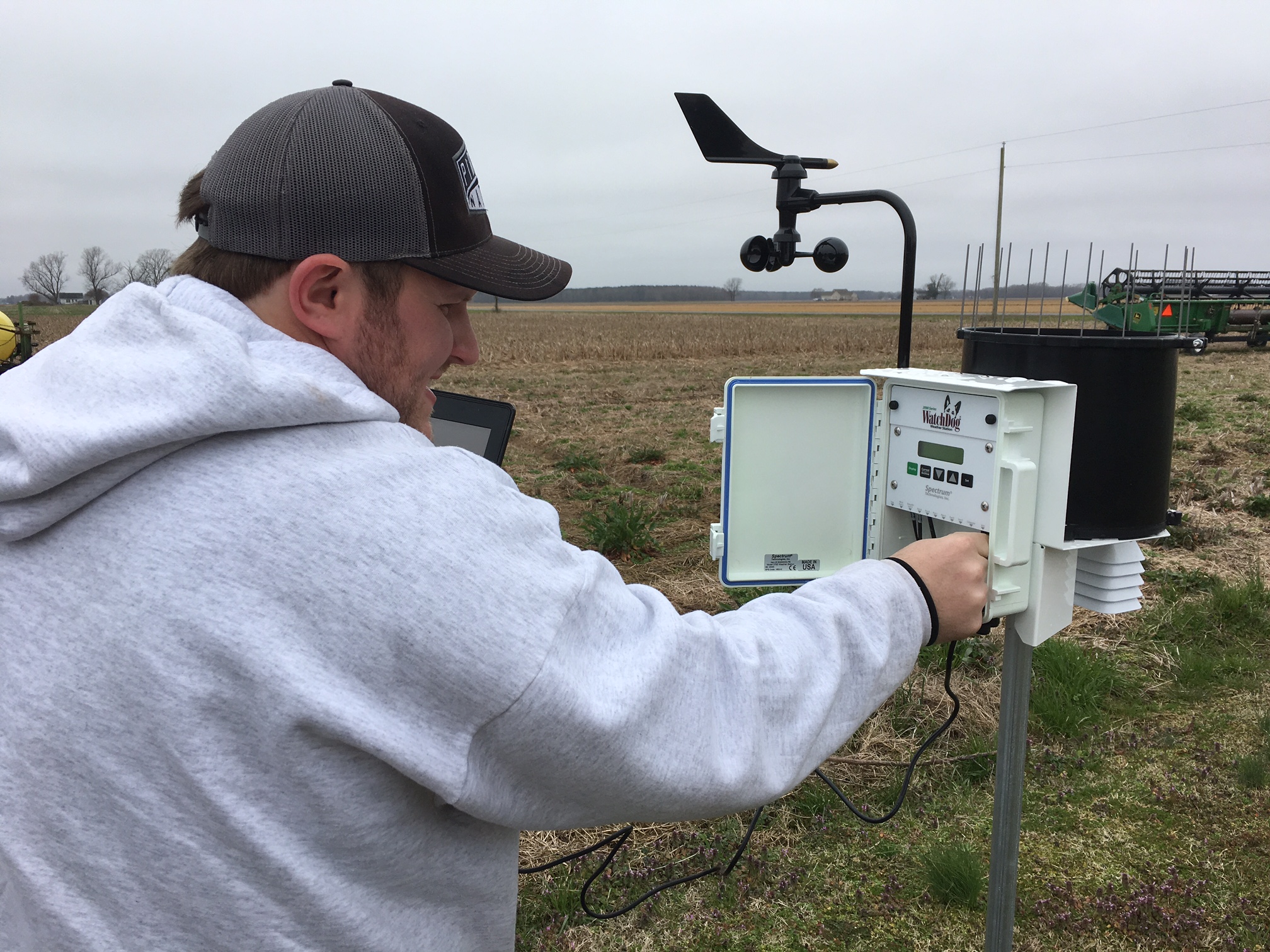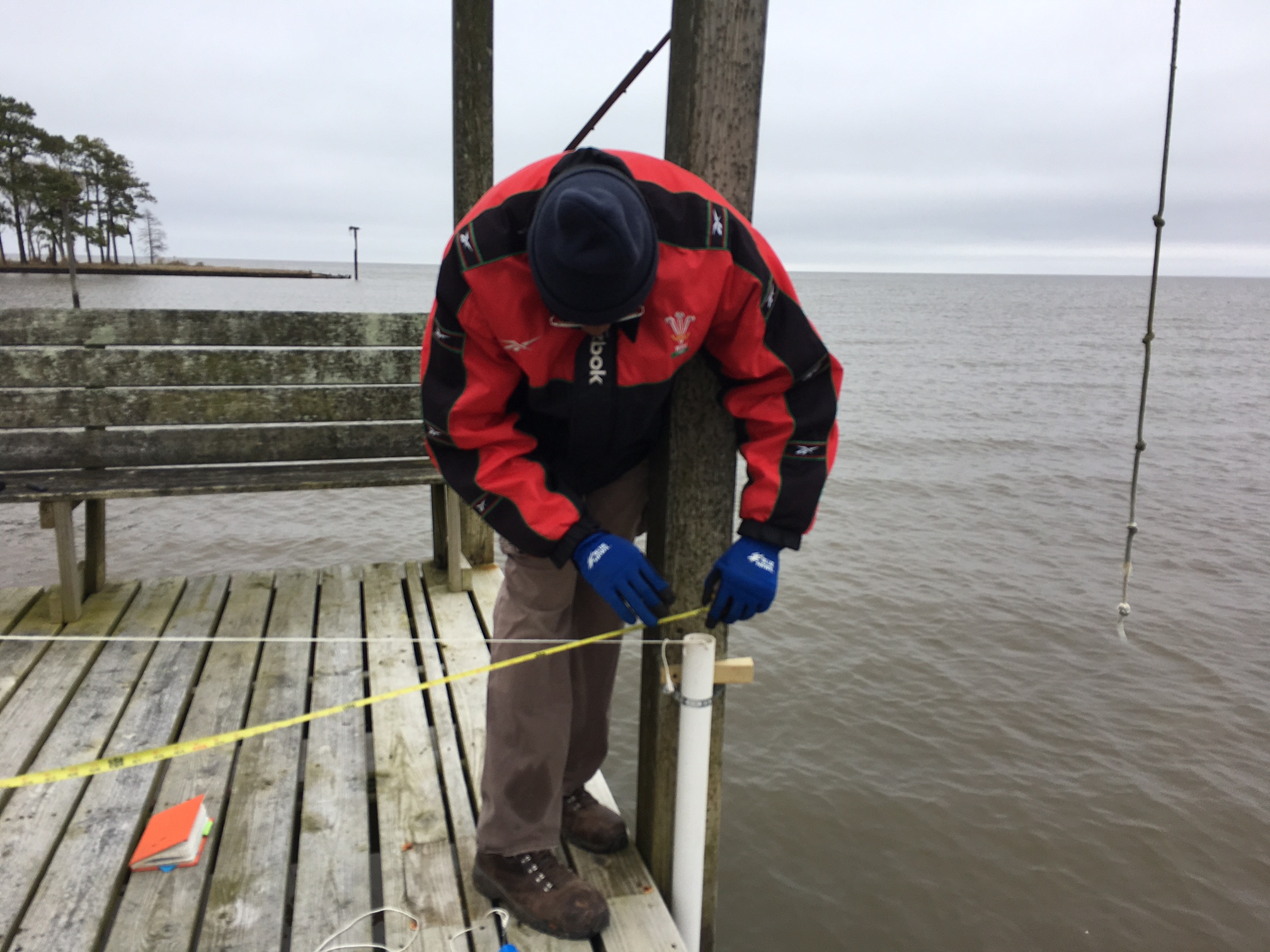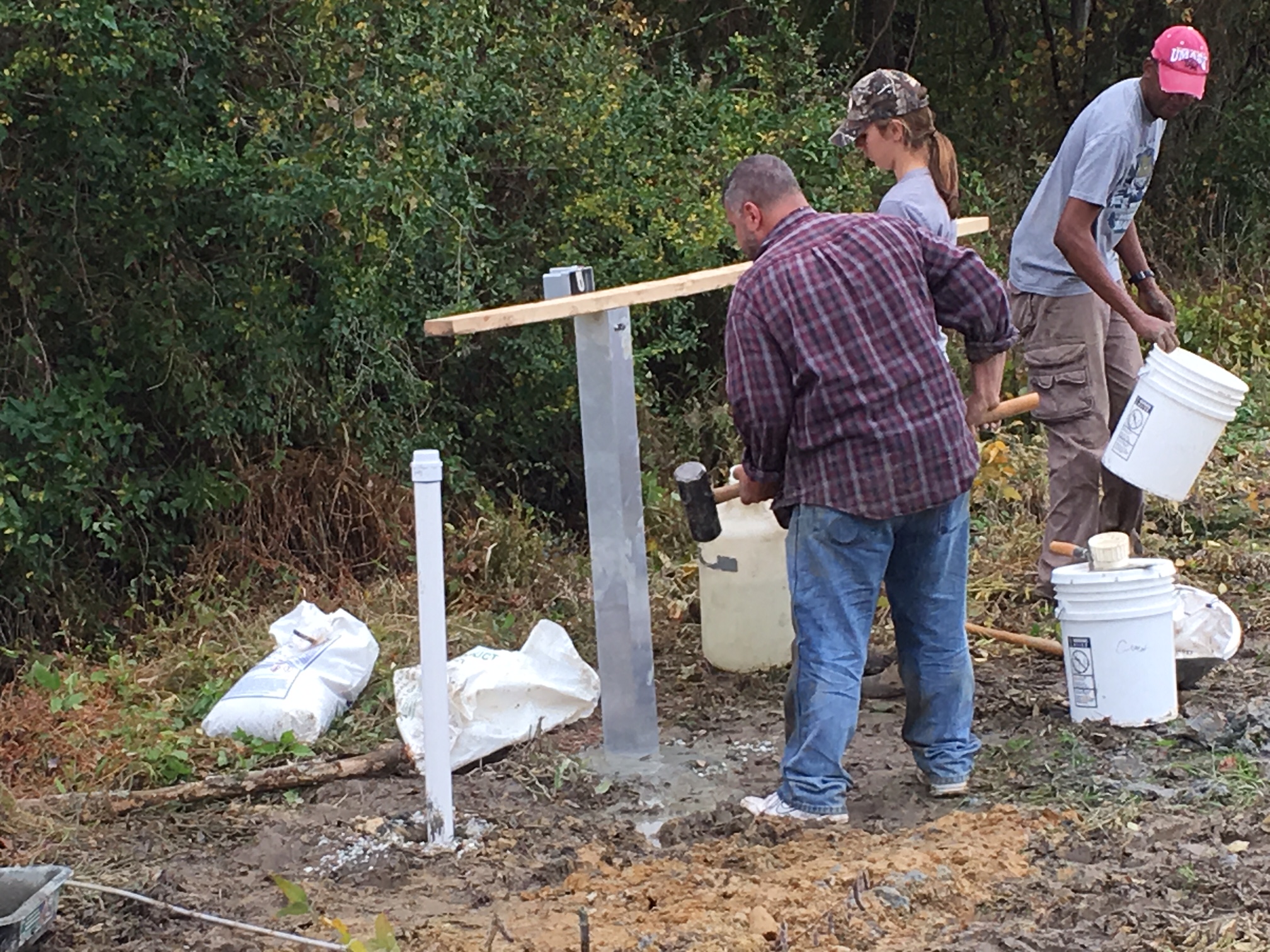Salt Water Intrusion Project Field Day
go.ncsu.edu/readext?604986
en Español / em Português
El inglés es el idioma de control de esta página. En la medida en que haya algún conflicto entre la traducción al inglés y la traducción, el inglés prevalece.
Al hacer clic en el enlace de traducción se activa un servicio de traducción gratuito para convertir la página al español. Al igual que con cualquier traducción por Internet, la conversión no es sensible al contexto y puede que no traduzca el texto en su significado original. NC State Extension no garantiza la exactitud del texto traducido. Por favor, tenga en cuenta que algunas aplicaciones y/o servicios pueden no funcionar como se espera cuando se traducen.
Português
Inglês é o idioma de controle desta página. Na medida que haja algum conflito entre o texto original em Inglês e a tradução, o Inglês prevalece.
Ao clicar no link de tradução, um serviço gratuito de tradução será ativado para converter a página para o Português. Como em qualquer tradução pela internet, a conversão não é sensivel ao contexto e pode não ocorrer a tradução para o significado orginal. O serviço de Extensão da Carolina do Norte (NC State Extension) não garante a exatidão do texto traduzido. Por favor, observe que algumas funções ou serviços podem não funcionar como esperado após a tradução.
English
English is the controlling language of this page. To the extent there is any conflict between the English text and the translation, English controls.
Clicking on the translation link activates a free translation service to convert the page to Spanish. As with any Internet translation, the conversion is not context-sensitive and may not translate the text to its original meaning. NC State Extension does not guarantee the accuracy of the translated text. Please note that some applications and/or services may not function as expected when translated.
Collapse ▲Agricultural lands in the Tidewater regions of North Carolina are being impacted by saltwater intrusion (the movement of salt water onto/into agricultural fields that impacts the soils ability to grow crops). To address this important issue, a team made up of scientist with expertise in soils, geology, hydrology, etc have come together to determine the whys, hows, and what are the solutions of this economically important issue. As a part of this effort, a field day has been planned to share what is currently known about this issue and what has been learned so far with the data collection at several locations in the Tidewater region of North Carolina. All are invited, but especially farmers, crop consultants, Extension agents, NRCS personnel, and Soil & Water Personnel are encouraged to attend. The field day will be Monday, June 10, 2019, starting at noon at Martelle’s Feed House with lunch and then onto Middle Creek Farms at the test site, with the program concluding at 3 p.m. The link below will provide additional details of this field day.
Salt Water Intrusion Project Field

This is installation of a weather station, which is one of several at various locations in the Tidewater region of NC, to provide information that will help researchers to better understand what is causing agricultural fields to be impacted by saltwater intrusion.





